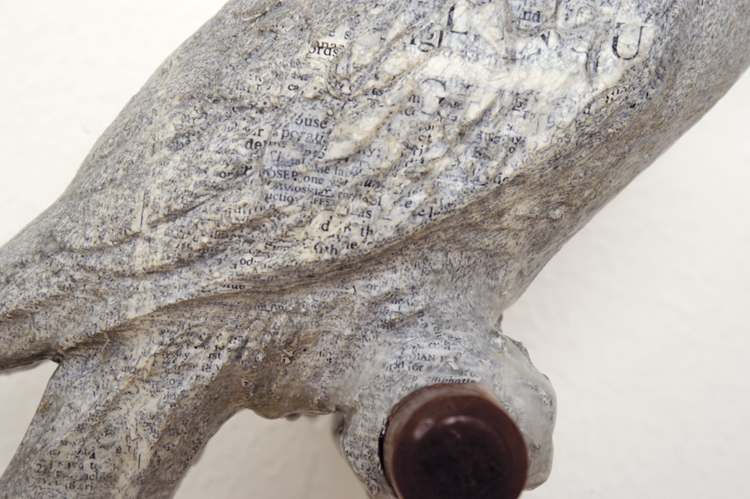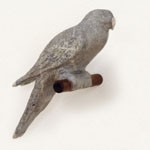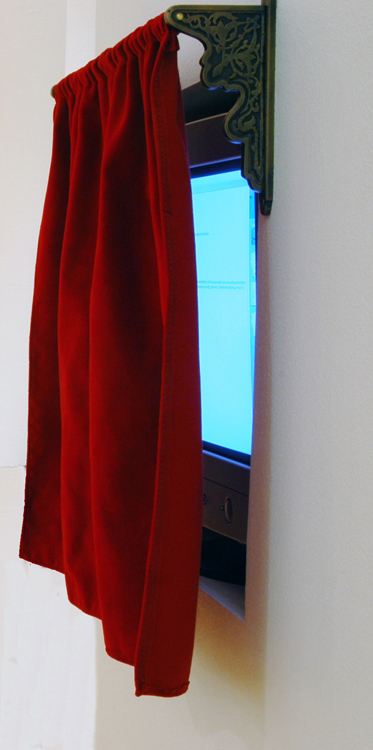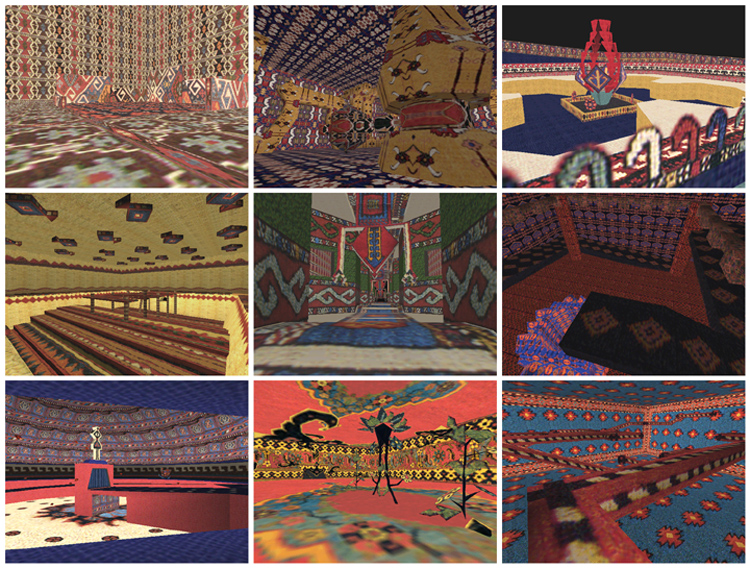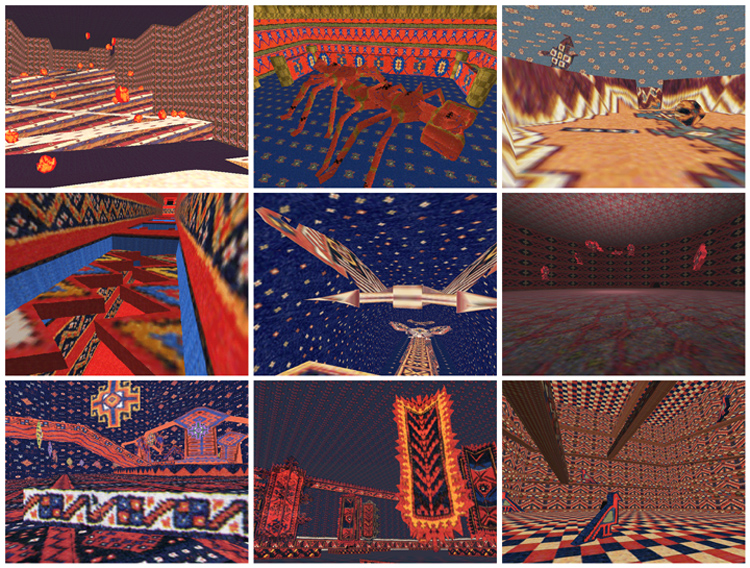S.P.A.W.N. (Special Project: Agriculture, Worms, Neighbors)
S.P.O.R.E. (Sustainable Production Organized in Regard to Environment)
S.W.I.N.G. (Sustainable Works Involving Neighborhood Groups)
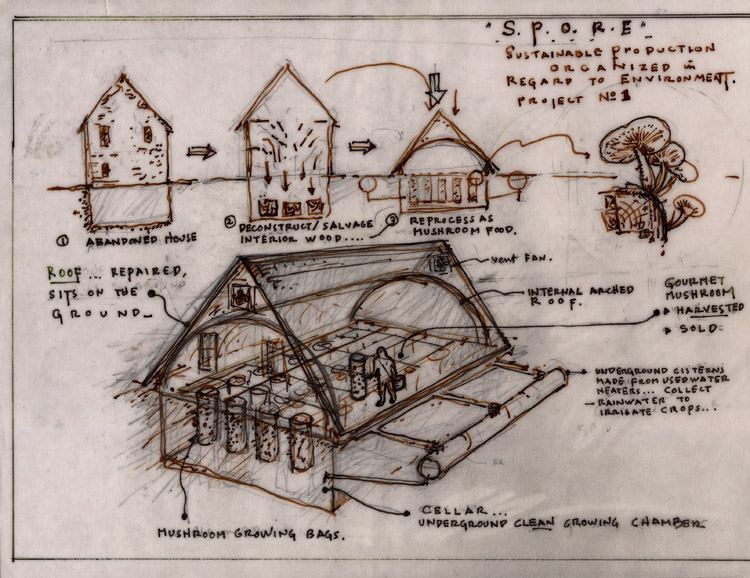

2001
proposals: Three for DETROIT
“The history of Detroit, the American City, has been inscribed by great arcs of production, economic downturns, and shifting populations. Its portrait has been shaped by cars, music and a media exposure that has perhaps relied more on caricature and negative representation than a more complex and truer presentation.
In 1999, I was invited by the I.C.U.E. (International Center for Urban Ecology) to participate in a workshop focused on the East Side of inner city Detroit. This area, demonized in recent times for the Devil’s Night burnings, provided a contrary “green” inspiration to develop two new projects, S.P.O.R.E. (Sustainable Production Organized in Regard to the Environment) and S.P.A.W.N (Specialized Project: Agriculture, Worms, Neighbors). Both of these projects were informed by an urban agrarian revolution that I found happening, yet tempered by the harsh reality of a community without the support of productive industry and still scarred by the rages and inequalities of the past.
The intention of these projects was to address the burned and abandoned houses, evidence of a destructive history standing block after block. By targeting the reconfiguration and potential reuse of the houses, through the application of art and architecture practices, I saw a way to offer the neighborhood engaging, creative projects, owned and propelled by the residents.
PBS has documented the beginnings of the S.P.A.W.N. project, which aired in its Art of the 21st Century program in the Fall of 2001.
S.W.I.N.G. emerged from these earlier projects. The emphasis has shifted from individual projects to multiple sites, all around town. The approach encourages a creative challenge to residents, artists and architects. S.W.I.N.G. will seek out abandoned property and houses with the goal of NOT rehabilitating or patching the condition, but of adding another evolution to a site, through application of art and architectural imagination and innovative economic opportunity.
A sustainable premise is essential. The new projects must move away from the expected temporary art installation and housing rehabilitation. Instead it must make a lasting contribution to the needs or the dreams of a neighborhood. The reconfigured house or lot will be used until it evolves into something else, useful to the community. S.W.I.N.G. is conceived as a flexible project that could support any number of creative adventures that serve the residents. Instead of only targeting blighted areas to “add culture,” the challenge to artists and architects, both professionals and students, is to invent, with the people of the communities, projects to transform the disturbing destroyed-house icon into a new-use icon.
Imagine a small wooden structure on the East Side that gives new meaning to the term “balloon framing” with its walls and roof exploded and expanding into the air, the parts still connected with steel frames, bridges and Thermopane®, large enough to become a new community center.
Imagine a former house on the West Side, with only its roof remaining, inexplicably sitting on the ground. Concealed within are it’s salvaged wooden interiors, ground up, bagged and hung in the basement, becoming food for gourmet mushrooms (later food in fancy restaurants) in a state-of-the-art underground structure.
Come back to the East Side to a house that pivots from a point on its foundation. Sunlight fills underground chambers revealing a worm farm. The worms composting the garden clippings and recycling newspapers are sold to fishermen; the worm castings are sold to local rose gardeners in Gross Pointe. The light necessary for the sorting process (separating worms from soil) makes the surreal action understood and pragmatic. It also reclaims the abandoned home from it’s negative association through function and enterprise.
S.W.I.N.G. will encourage neighborhood mixes where each community can show off its project and strategize on the co-evolution of their community with the artists and designers.
S.W.I.N.G. is a set of projects in a city as playground…the fun may be of the mind but its payback must be real. The ideas provide the gentle push, that sends us coolly cutting through the still air of division and fears, arcs toward economic benefits and sweeps back to each new form of creative engagement.”

